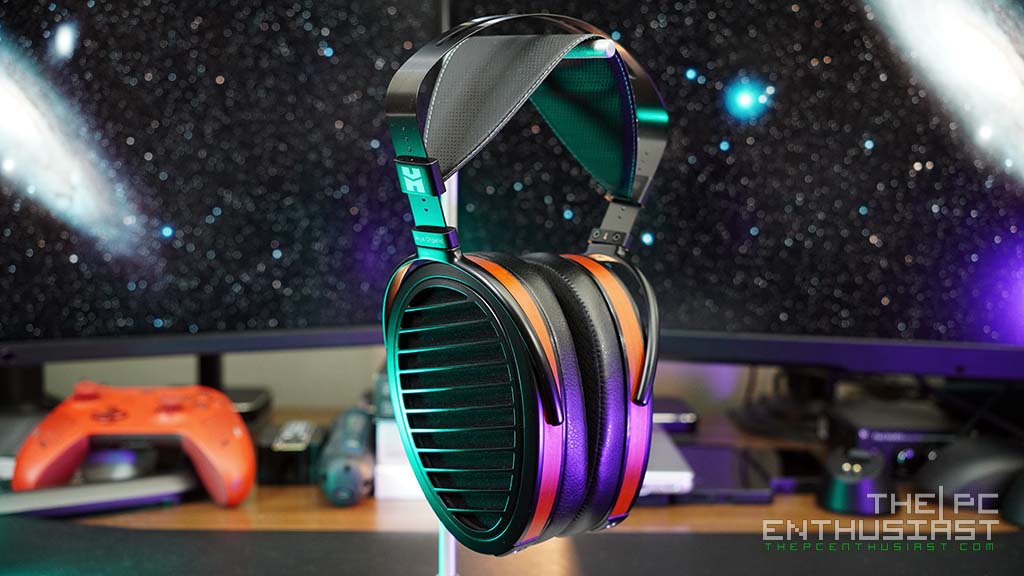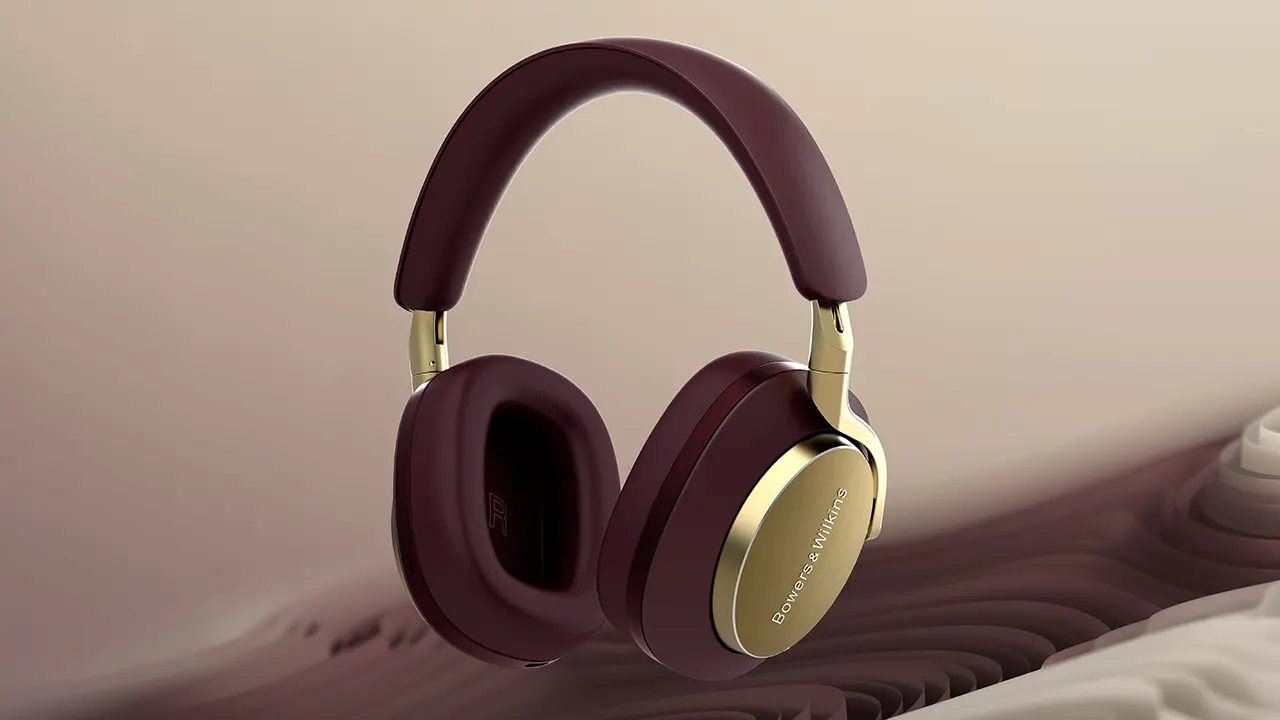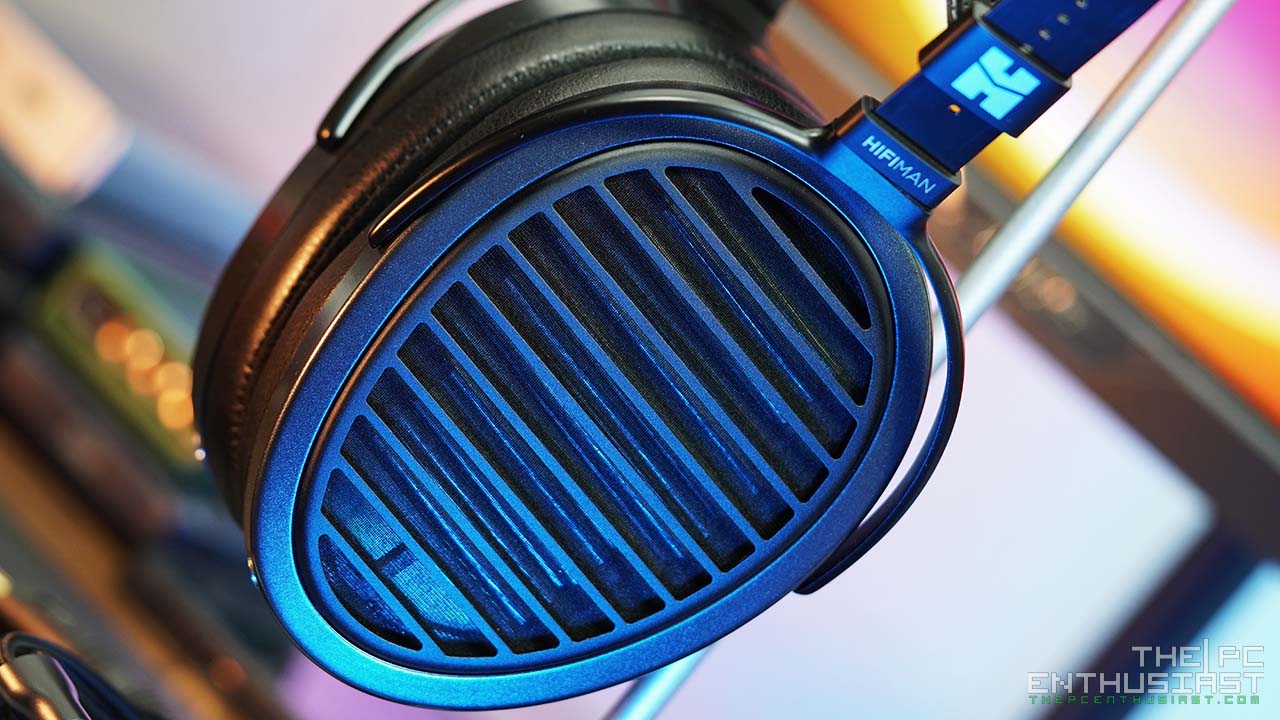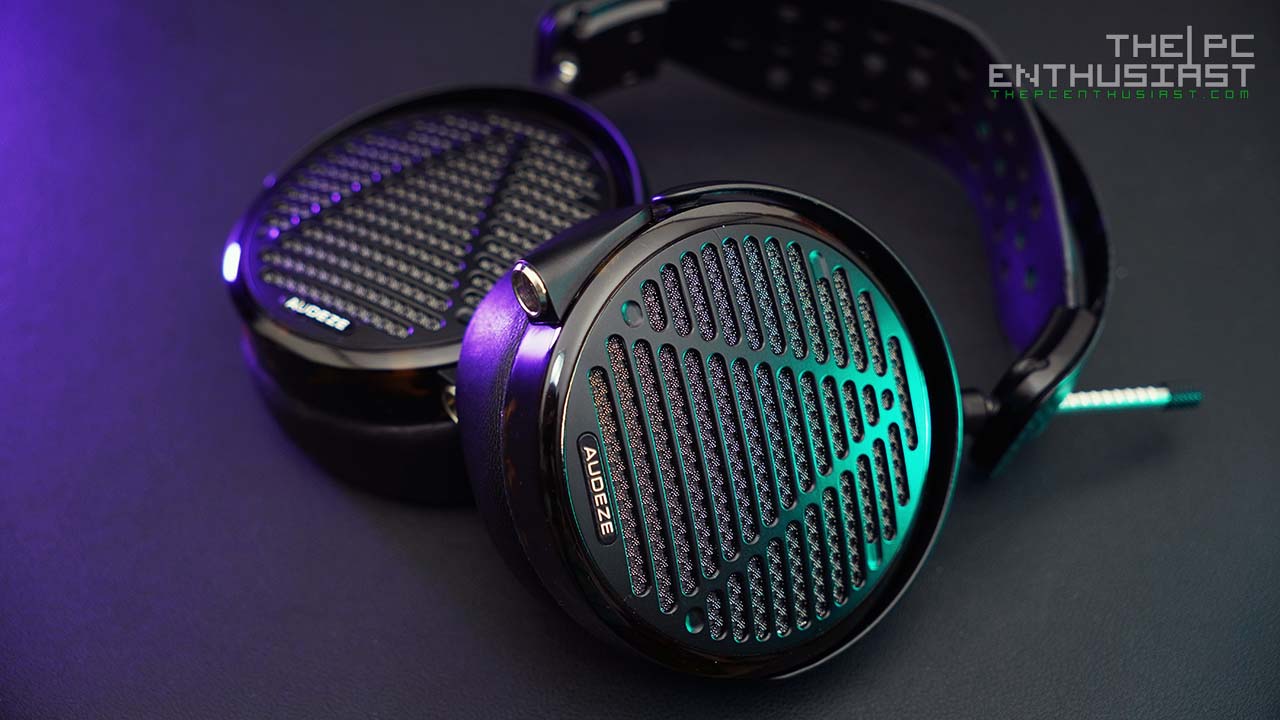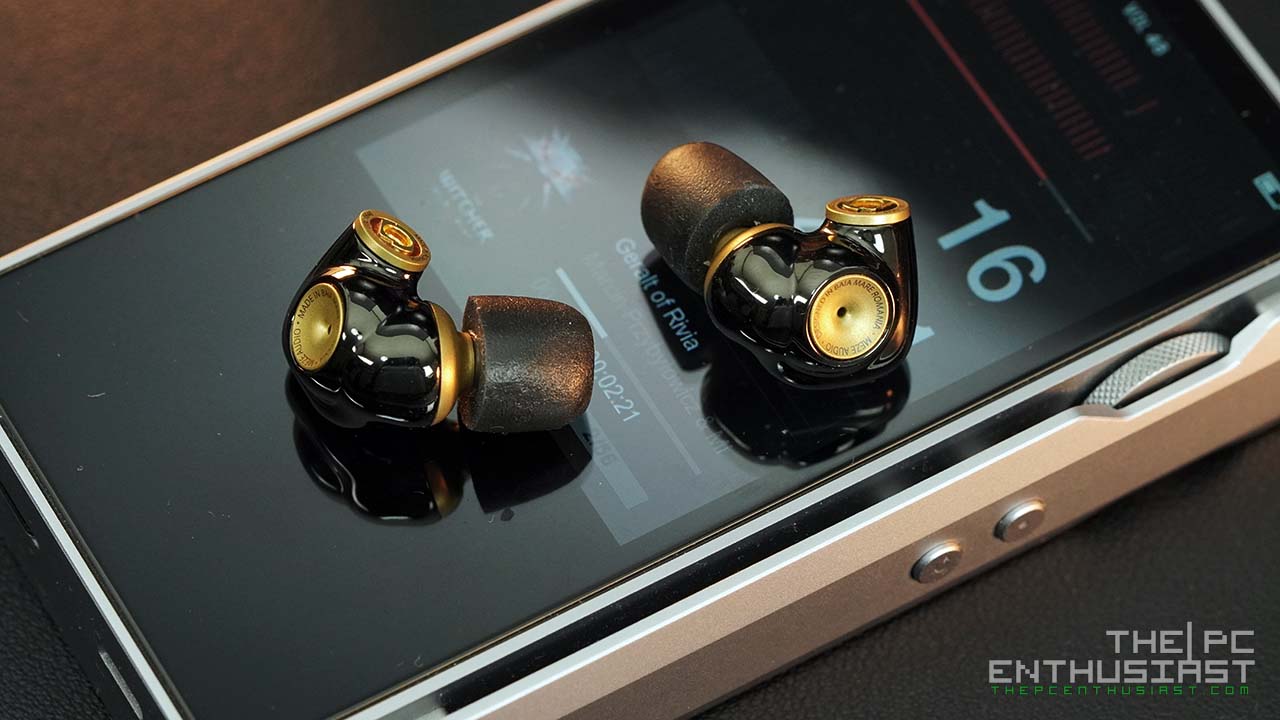A few years ago, we reviewed Audeze‘s flagship in-ear headphone, the LCDi4. It sounded great despite having an odd shape or design. It has exceptional detail retrieval, sounds spacious, and offers excellent sound staging and imaging. However, it had several downsides, like (EQ) plugin-dependent and high price. Early this year, Audeze announced a new planar magnetic in-ear headphone. This time, it features a closed-back design, a familiar earphone housing, and costs around half the price of the LCDi4. Enter the Audeze Euclid Closed-Back Planar Magnetic in-ear headphone. I have been listening to Euclid for about a month now. And I think this is a headphone that you should consider adding to your collection or as an upgrade. Continue reading our Audeze Euclid review below to find out more.
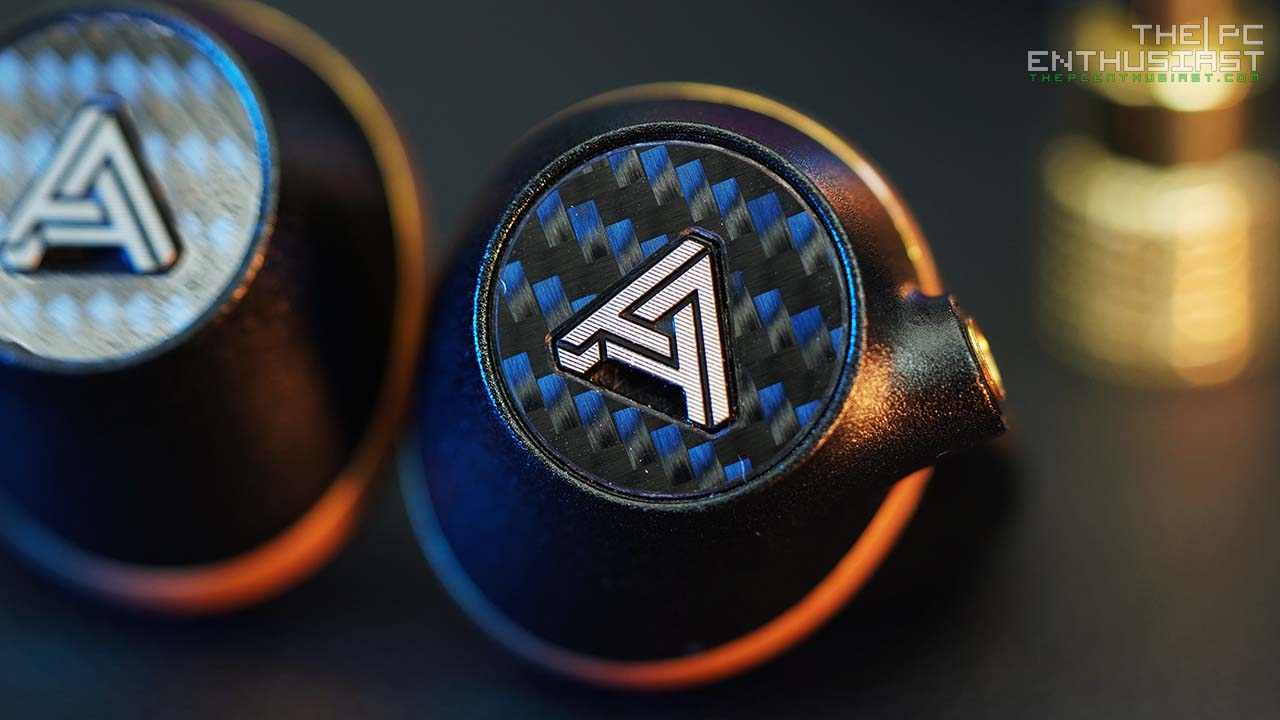
Audeze Euclid Review – It’s Closed But Sounds Open
The Audeze Euclid features a more traditional in-ear headphone or earphone design and uses an 18mm single planar magnetic driver. Aside from having a more ear-friendly body than the LCDi4, the Euclid is not dependent on the Reveal plugin or any EQ software. You can use the Euclid directly from a source, and of course, you can still EQ it to suit your taste or preference.
The Euclid also uses Audeze’s patented Fazor waveguides, just like Audeze’s full-sized headphones, but in a very tiny size. The waveguides help eliminate the phasing and distortion that is typical in closed-back dynamic in-ears. Euclid’s 18mm planar magnetic driver is paired with Fluxor magnets and Uniforce voice coils. According to Audeze, this further reduces the distortion, improves sensitivity, and creates superior coherency across the entire frequency spectrum.
Despite being a planar magnetic in-ear headphone, the Euclid is quite efficient. It has a maximum SPL of more than 120dB and 105 dB/mW efficiency. It also has an impedance rating of 12 ohms and a frequency response from 10Hz to 50kHz. More details are on the specification table below.
Audeze Euclid Specification
| Style | In-ear, closed-back |
| Transducer type | Planar Magnetic |
| Magnetic structure | Fluxor™ magnet array |
| Phase management | Fazor™ |
| Magnet type | Neodymium N50 |
| Diaphragm type | Ultra-thin Uniforce™ |
| Transducer size | 18 mm |
| Maximum SPL | >120dB |
| Frequency response | 10Hz – 50kHz |
| THD | <0.1% @ 100 dB SPL |
| Sensitivity | 105 dB/1mW (at Drum Reference Point) |
| Impedance | 12 ohms |
| Max power handling | 500mW |
| Min recommended power | > 50mW |
| Wired connection | Braided MMCX |
| Weight | 15g/pair without cable |
| Sound port diameter | 5mm |
Packaging and Closer Look
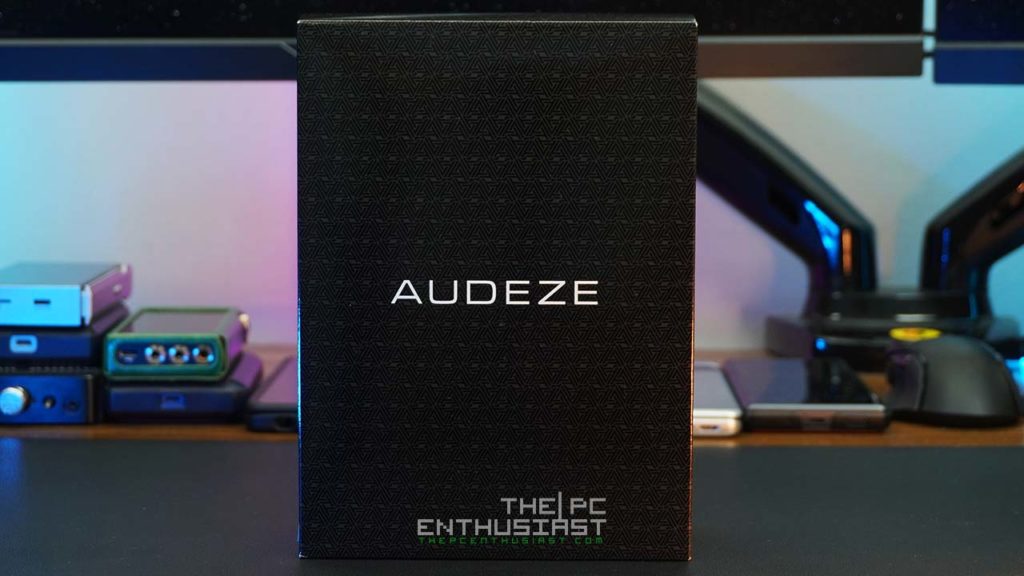
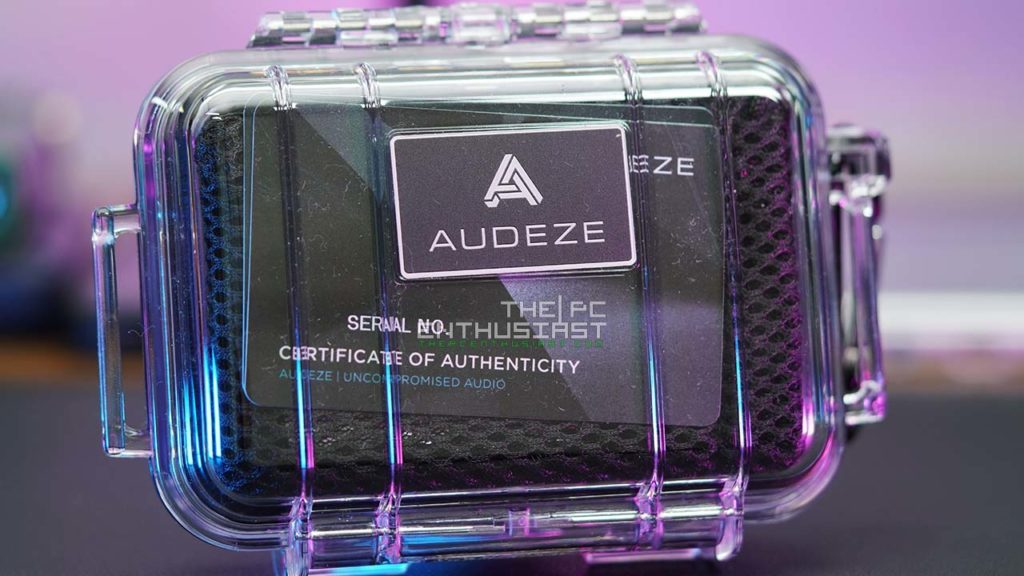
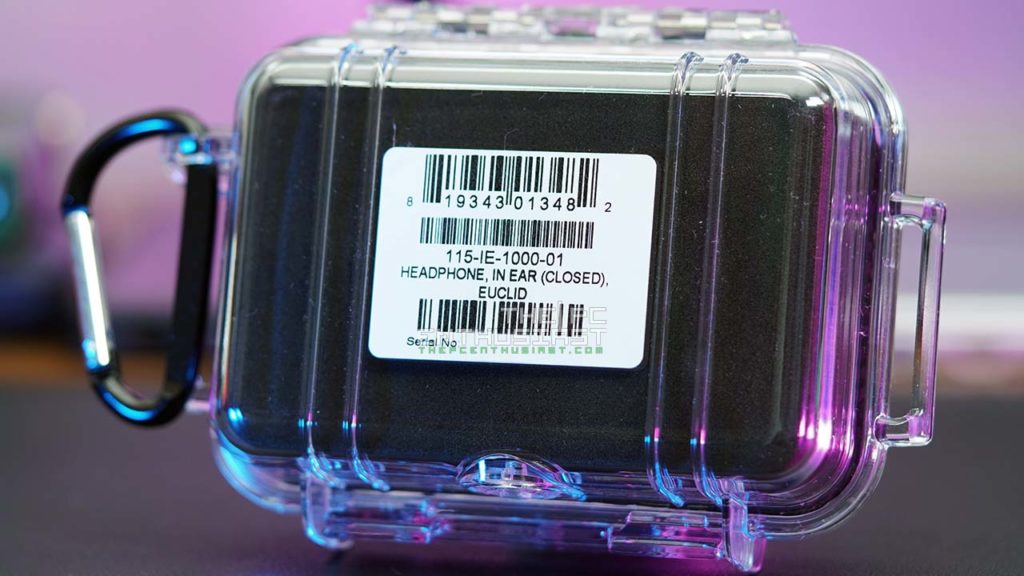
Audeze usually ships their product with an outer (brown) box, aside from the shipping box. Inside is the retail box, which is reminiscent of the Audeze LCD-1‘s retail box, only in a smaller size. Inside, the Euclid together with its accessories is housed inside a transparent Pelican 1010 travel case. A splendid and functional packaging if you ask me.


Opening the Pelican case reveals two plastic cards. One for the serial number and certificate of authenticity, and the other for a link where you can download the user guide. Audeze also provided a small mesh fabric bag, where you can find additional accessories like the cable clip, cleaning brush, and several ear tips.
The package includes two types of ear tips; a set of silicone ear tips in three sizes and three pairs of Comply tips in different sizes as well. The medium-sized silicone tip is installed on the Euclid out of the box. Finally, the Euclid and the cable, along with a 3.5mm to 6.5mm adapter, are cradled on the inner foam.
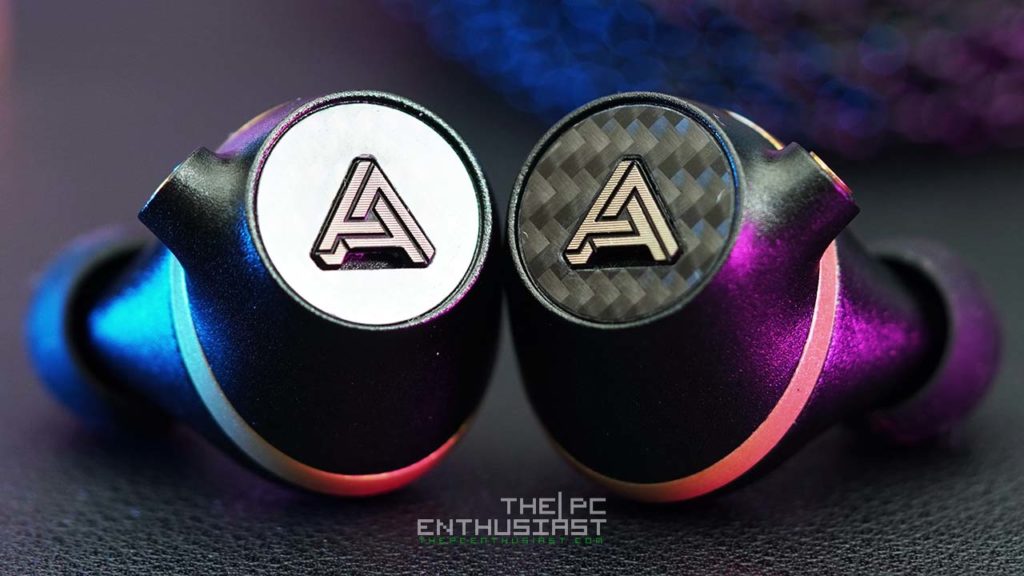

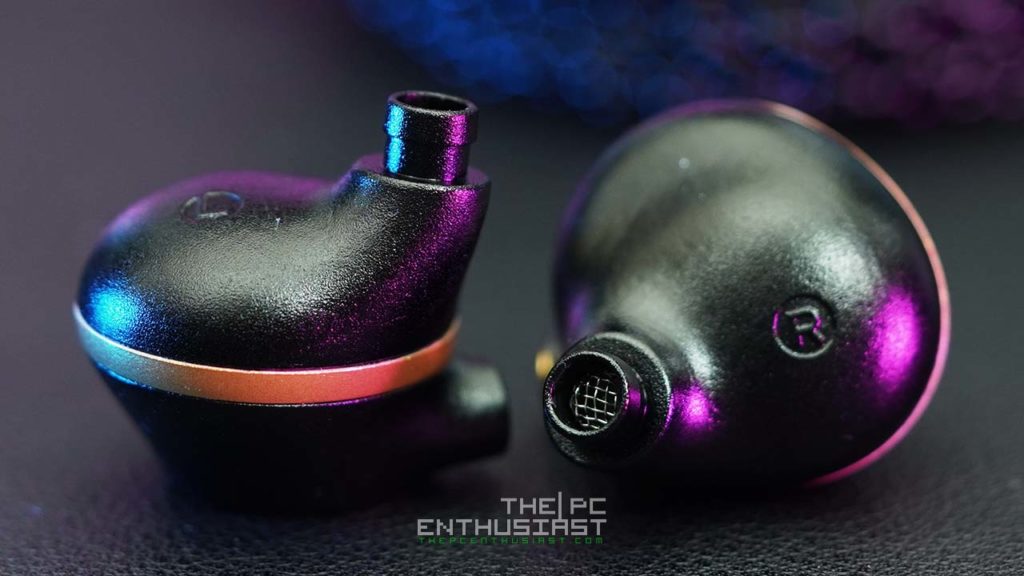
Euclid’s shell is made from a precision-milled aluminum housing. It is also a bit large when compared to other earphones or IEMs. There is a bulge on the lower portion of the shell. Although the surface is smooth and has no sharp edges, I find its fit is a bit odd due to the shape of the shell. Depending on the shape of your ear or the concha of your ear, you may need to twist and tilt it a bit to get the Euclid settled on your ear. This reminds me of how I wear and insert a custom IEM.
Good cable but balanced not included…
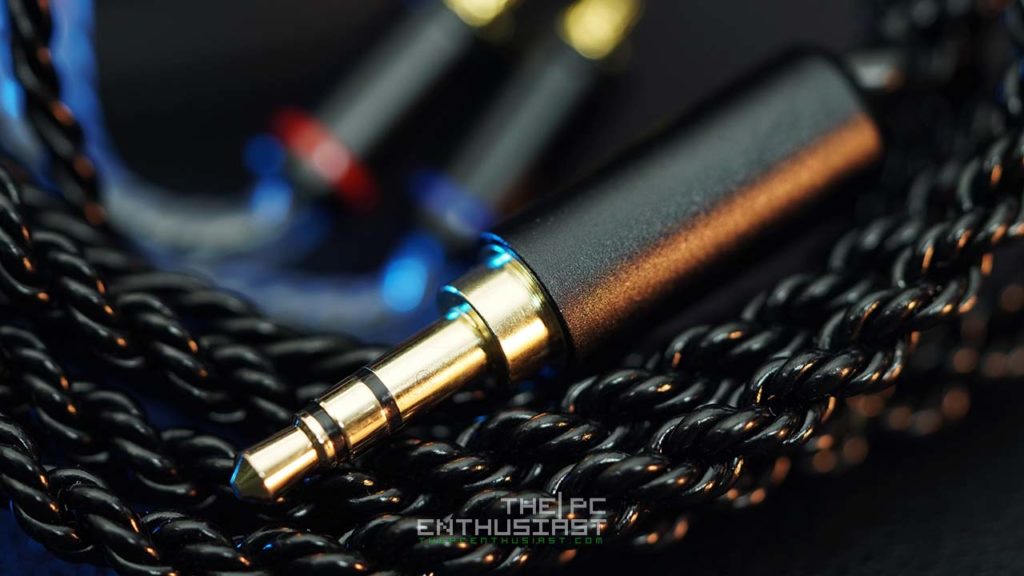
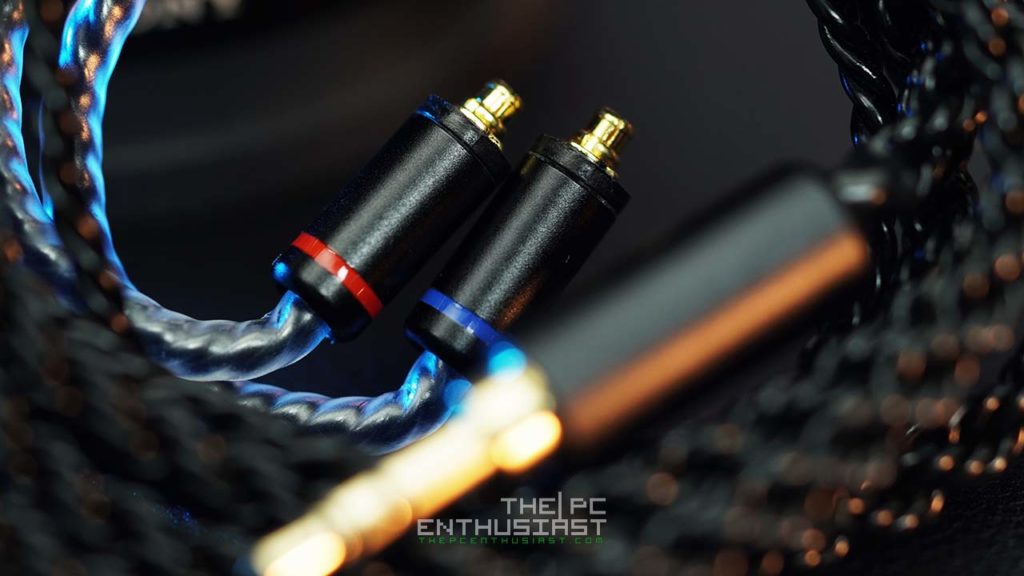
Just like most of the earphones and IEMs in the market, the Audeze Euclid comes with a standard 3.5mm braided cable with an MMCX connector. The left and right channels are color-coded for easy identification. What I would like to see included in the package is a 4.4mm balanced cable. Unfortunately, it is not included in the package. But Audeze is selling a 4.4mm balance cable as an optional accessory, and there is the Euclid Bluetooth Module as well if you want to go wireless.
Size Comparison

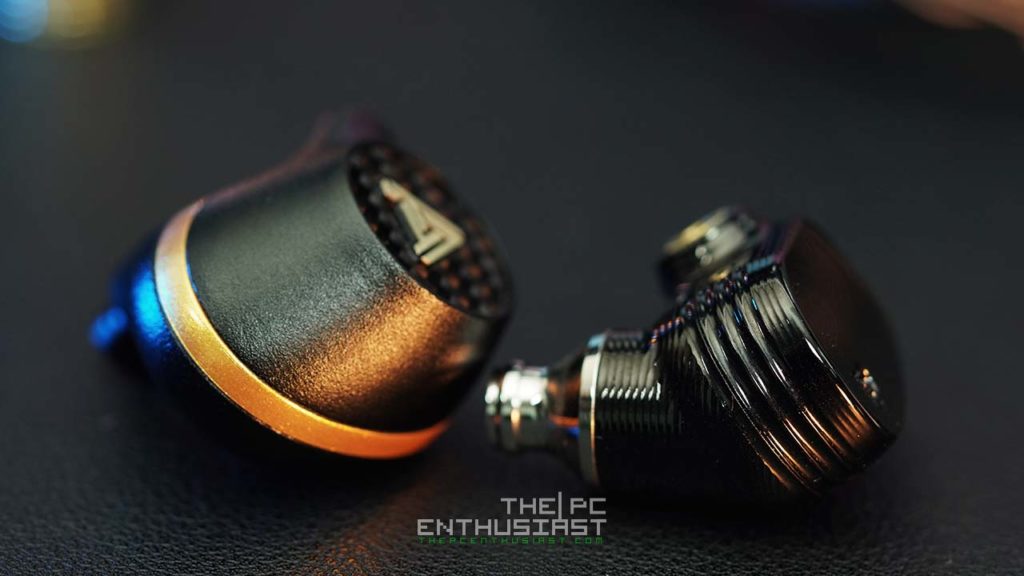

Here’s a comparison between the shell or housing of the Euclid and Campfire Audio’s Solaris 2020. The Solaris 2020 has a smaller body than its predecessor, the Solaris (1st gen). Perhaps the Solaris 2020, having 4 drivers inside, has a similar shell size compared to most IEMs in the market. And as you can see, Euclid’s body is a little bit larger and will occupy more of the ear’s concha.
Overall Build Quality and Comfort
The Audeze Euclid is overall sturdy and feels solid on hand. So far I haven’t encountered or experienced any quirks when using the said earphone. The only weak point that I see, and this is true to all IEMs and earphones that use the same connector, is that the MMCX may break easily. I hope companies would start investing in a lock mechanism where it can protect the connector from accidental pulls, or excessive pressure or force.
When it comes to fit, it may be a comfortable fit or not depending on the size and shape of your concha. There are no sharp edges, but the size and shape of its shell may feel awkward to wear depending on the shape of your ear’s concha area. For me, I was able to make it sit properly on my ear with a bit of twist and tilt and some practice.
It’s not as easy to wear compared to other IEMs and earphones where you simply “plug it in” on your ear. It takes a bit of “maneuvering” to get that proper and good seal. I do use the Comply foam tips, as it is my preferred kind of tips.
Audeze Euclid Subjective Listening Experience

When I first listened to the Euclid, my first impression was it sounded very much like an Audeze headphone. It’s overall pleasant to listen to. It has deep rich bass, clear mids, and non-fatiguing highs. It’s generally a warm-leaning headphone, but with clear and detailed mids and perhaps slightly rolled off highs. Another thing that was quite obvious to my ears is how open the Euclid sounds. It’s closed-back but it sounded like it has an open-back design.
Since I started with how open it sounded, the Euclid offers exceptional instrument separation and layering. Compared to the LCDi4, which has an open-back design, I think the LCDi4 has better width and height. But the Euclid isn’t far behind considering it has a closed-back design. It has a good amount of soundstage, enough so that the instruments don’t sound cluttered or compressed with the vocals.
Bass, Midrange, Treble
I would describe its bass as rich and full. But not to the point of being bloated or overpowering. The bass is clean and well-controlled. The Euclid is not “basshead-level”, but I think you can still enjoy EDMs and pop music. Compared to dynamic-driven earphones like the CA Atlas, the Euclid doesn’t have that strong bass “punch”. Perhaps planar-based earphones produce a less “thunderous” but well-controlled bass compared to the dynamic driver.
The midrange on the Euclid is, thankfully, not (too) forward sounding. I don’t prefer earphones that have too forward-sounding mids. To my ears, the Euclid somehow offers a relaxed and smooth-sounding mids, but not laid back or veiled. Some people may like this kind of tuning, smooth and relaxed. But depending on the music that I listen to, I somewhat miss that “sharpness” or clarity that I experience when I listen to Campfire Audio’s Solaris 2020 or Andromeda.
Perhaps, this is because the Euclid has somewhat rolled off highs, or perhaps the upper mids may be too smooth for my taste. On the flip side, the Euclid is in no way a sibilant in-ear headphone. I didn’t experience any sharp, ear-piercing tone or (treble) fatigue. If you prefer a more pronounced or extended treble, you may be able to do it by using an EQ.
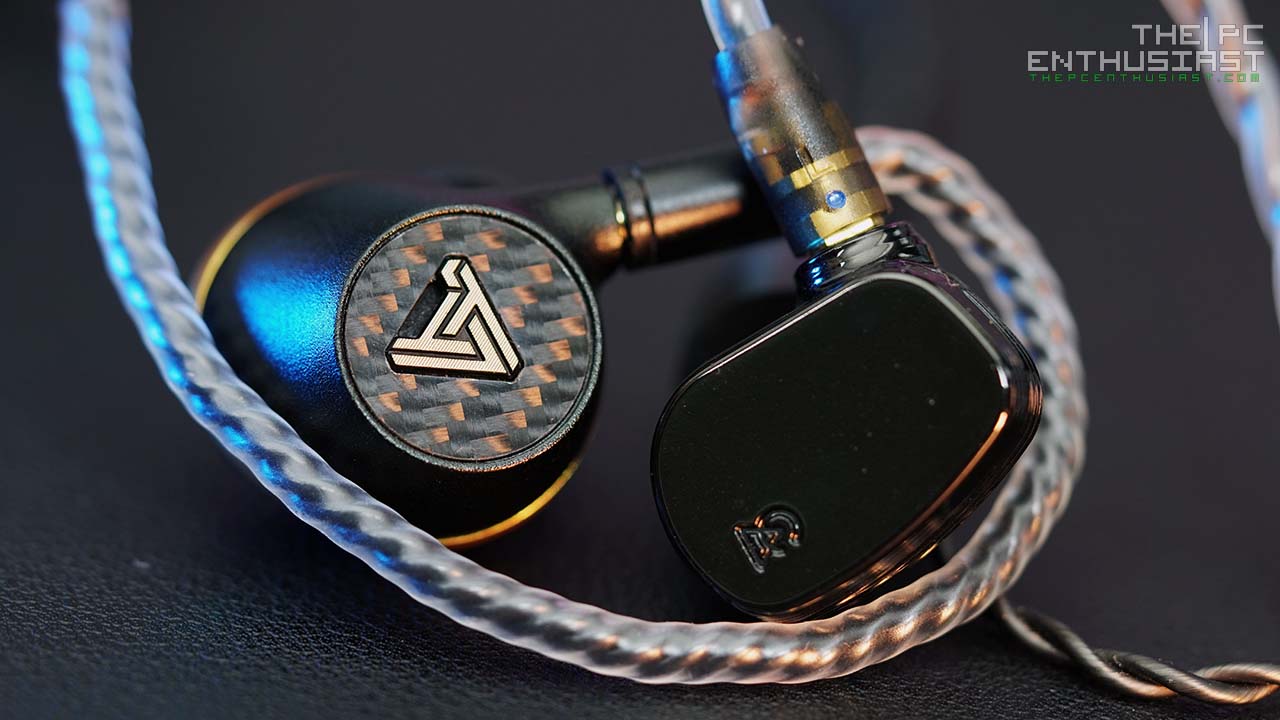
Some Comparison
When I compared the Euclid to the LCDi4, I thought that the Euclid would somehow beat the LCDi4. However, to my ears, the LCDi4 still has the upper hand, especially when it comes to sound staging and imaging. I feel that the LCDi4 has better treble representation as well. But between the LCDi4 and the Euclid, I would lean towards the Euclid in general since it is not dependent on the Reveal plugin. I can simply use the Euclid on any music player and its design is more user-friendly. Not to mention, the Euclid is a lot cheaper.
However, when I compared the Euclid to Campfire Audio’s Solaris 2020, I am a bit indecisive. The Euclid has a better bass presentation and presence compared to the Solaris. But the Solaris has the upper hand when it comes to upper mids and treble clarity and detail. I guess it would depend on the genre or type of music that I would listen to. If I want to listen to music with string instruments, I would choose the Solaris 2020. And if I were listening to some dance or pop music, I would prefer to use the Euclid.
But overall, I think both earphones are excellent for general use and most types of genres. I guess it would ultimately come down to personal preference.
Price and Where to Buy
The Audeze Euclid in-ear planar magnetic headphone is now available. It comes with a manufacturer’s suggested retail price of $1,299.00 USD. Audeze is also offering a 3-year driver warranty and 1-year warranty on parts.
Audeze Euclid Review Conclusion
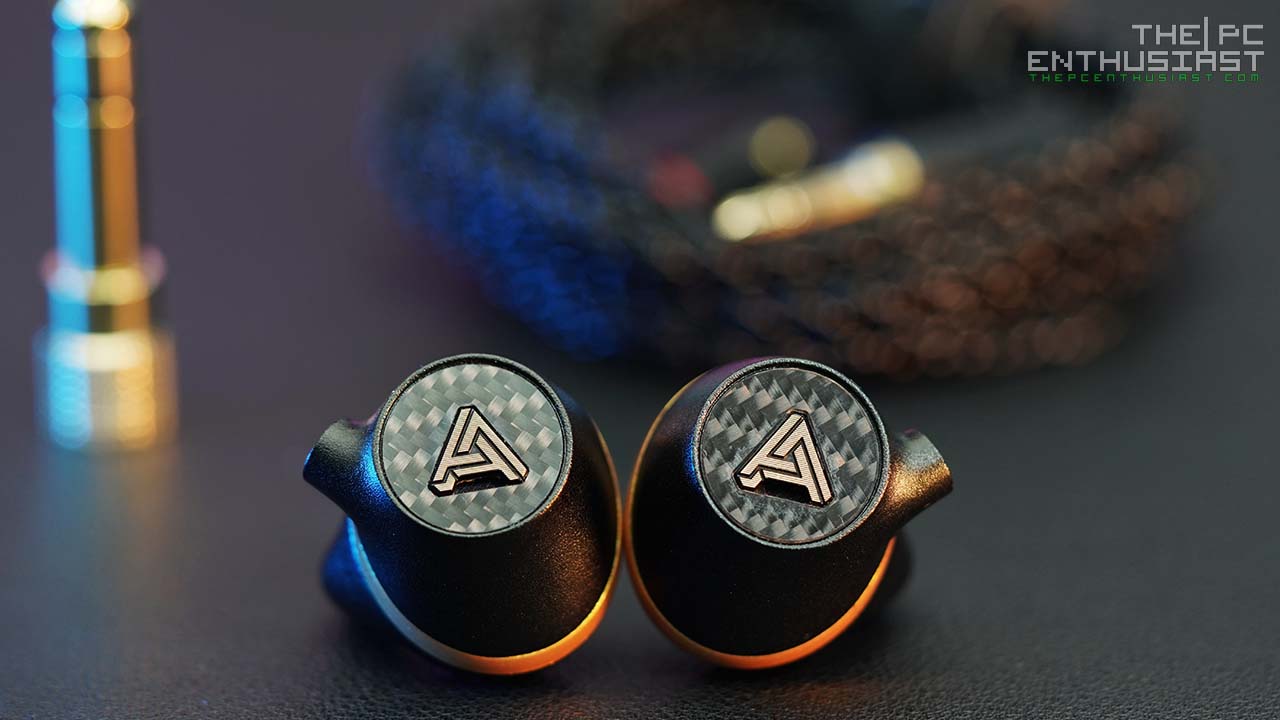
I don’t know how popular the LCDi4 and LCDi3 are, but I think the Euclid will be more appealing thanks to its design. Compared to the LCDi series, the Euclid features a more traditional earphone body that is more familiar to many. It’s easier to use, more efficient and it doesn’t rely on Audeze’s Reveal plugin.
When it comes to built quality and aesthetics, I think the Euclid is well-built and sturdy thanks to its precision-milled aluminum shell. Although, I would like to see Audeze improve on the attention to detail and “premium-ness” of their product.
I noticed that when I hold both the Euclid and the Solaris 2020 in my hand and look at them carefully, I can see and feel that the Solaris has better finesse. It simply feels more premium than Euclid. I’m just nitpicking here, but these headphones are not cheap and I get that most of the cost went to R&D.
Anyway, moving on, when it comes to sound quality the Euclid did not and doesn’t disappoint. If you jumped to the conclusion part, back-read for a more detailed explanation. But overall, it is a well-rounded earphone that would suit most types of genres. It has the bass, clear and detailed mids, non-fatiguing highs, excellent sound stage, and layering. I guess the only thing that it’s missing is the “glorious highs”, which Grado headphones are known for.
At the end of the day, I think the Audeze Euclid is a must-try and must-have in-ear headphone. And it sure is an excellent addition if ever you’re collecting earphones and IEMs.


